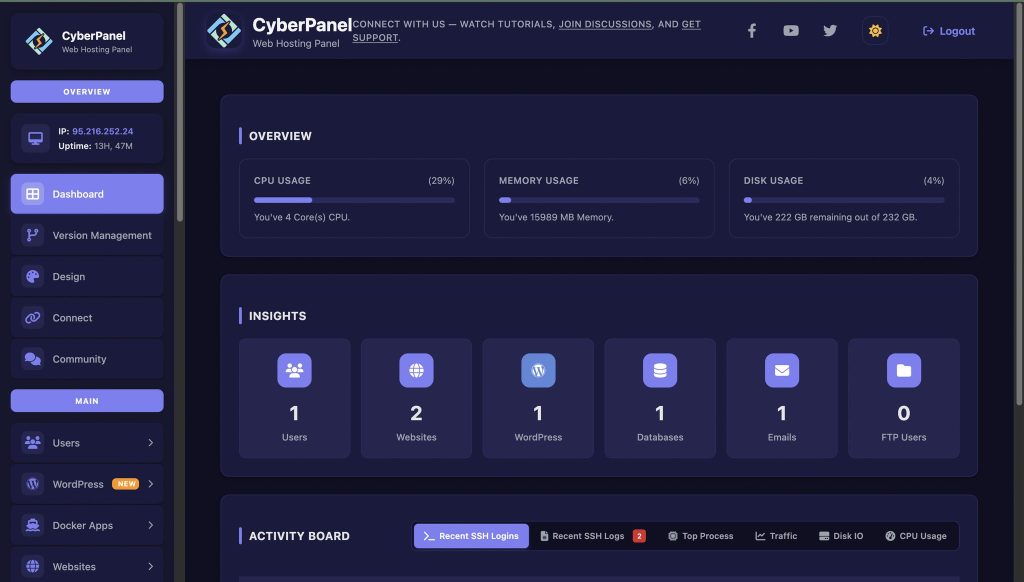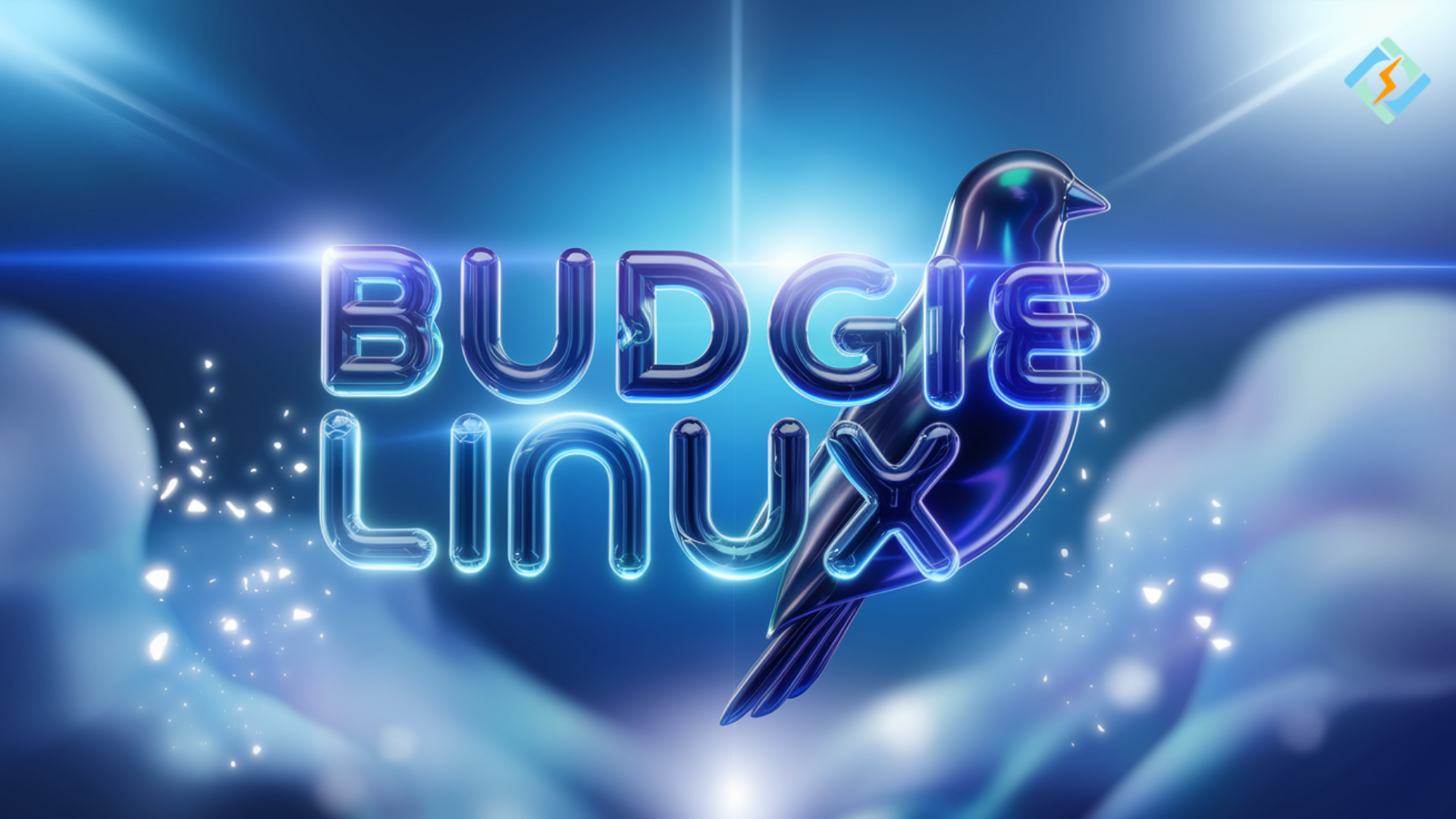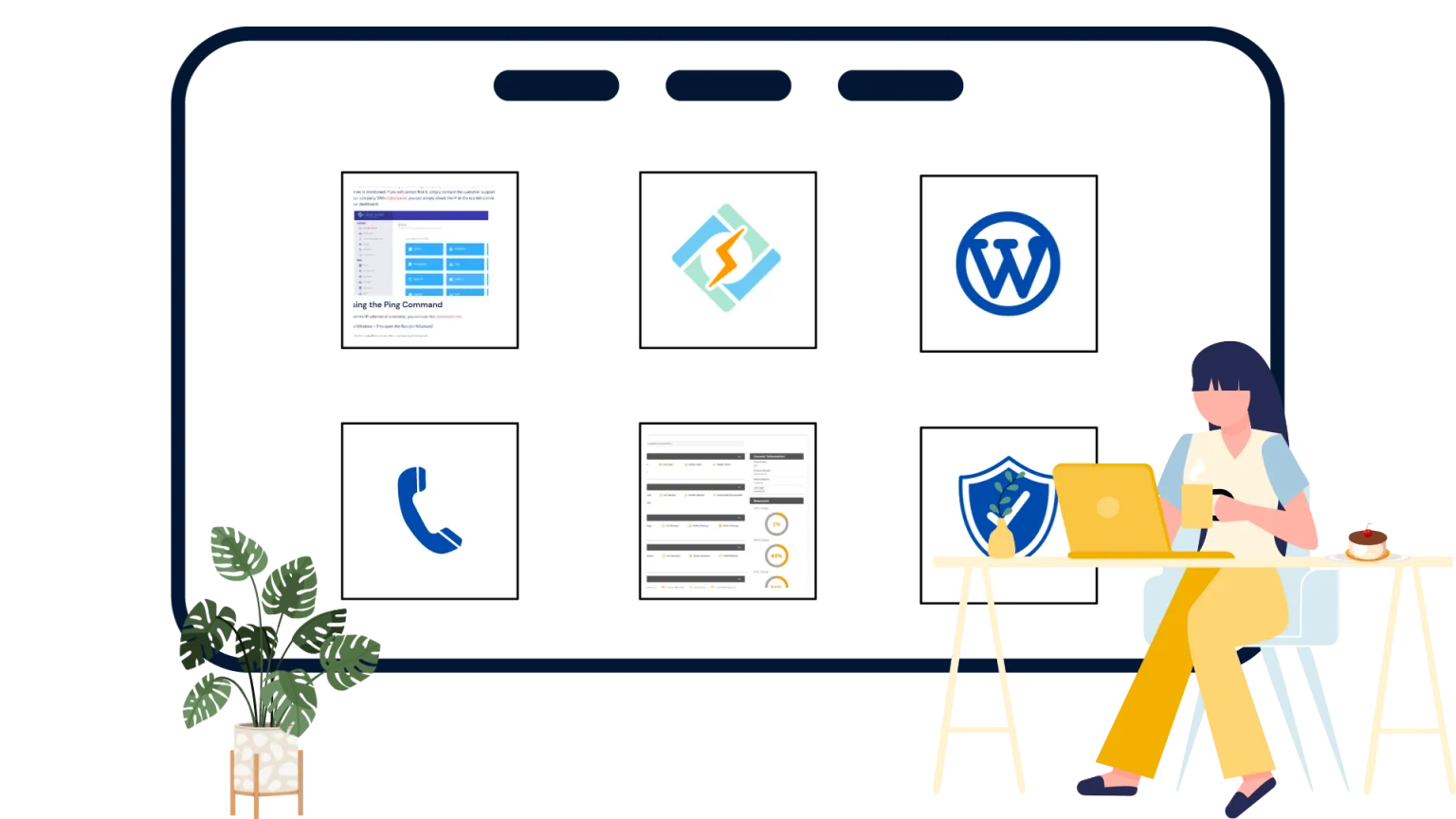Budgie Linux, regularly recognized for its elegance and straightforwardness, is one of the most polished desktop environments available today. Originally developed for Solus OS, Budgie is a clean, modern, and very user-friendly desktop interface. The system blends the aesthetic polish of macOS with the flexibility of a Linux operating system.
Budgie is a performance-based and minimalist interface that avoids the stylistic compromises often found with older and more conventional environments, such as GNOME or KDE. Budgie Desktop Linux can be installed and used on Fedora, Ubuntu, and even Arch Linux Budgie with a classy, clutter-free desktop designed for productivity and beauty.
The lightweight design of Linux Budgie allows it to be fast on older computers and provide high customization when the user wishes to set up modern computers. Budgie shows users the best of both worlds, and there is no shortage of configuration a user can do to track widget accessibility and clever system resource use.
This guide is aimed at covering all aspects of using Budgie Linux: installation, features, system requirements, and the differences between Budgie on Arch Linux and other distributions. Furthermore, often asked questions about installing, running, and performance are covered, making this a complete resource for anyone to master Budgie on any variety of distributions.
What Exactly is Budgie Linux?
Budgie Linux is more of a desktop environment rather than a standalone distribution of Linux, created by the Solus Project. It is now available to many distributions of Linux such as Fedora, Ubuntu, Arch, and Debian.
Budgie provides a modern look and feel to a low-resource Linux desktop. It is stable and performance-oriented due to its simplicity, but you will have a rich and responsive experience. It is built using GNOME technologies, using their own panel system, Raven sidebar, and customizable widgets.
Get exclusive access to all things tech-savvy, and be the first to receive
the latest updates directly in your inbox.
Why Budgie Desktop Linux?
Budgie Desktop Linux is making waves in the Linux community because it straddles the line between minimalism and elegance. Here is why it is trending among Linux users:
- Clean and Modern UI: A simple, attractive, and user-friendly interface.
- Lightweight Performance: Minimalistic usage of resources compared to KDE or GNOME.
- Easy Customization: Customizing themes, layouts, and available widgets is easy and intuitive.
- Stable: Supported by some fuller distributions like Fedora and Arch.
- Versatile: Works well on either a laptop, a desktop, or virtual machines.
How to Install Budgie Desktop on Linux
Installing Budgie Desktop Linux depends on your distribution. Here’s how you can do it:
For Ubuntu / Debian:
sudo apt update
sudo apt install ubuntu-budgie-desktopFor Fedora:
sudo dnf install budgie-desktop
For Arch Linux Budgie:
sudo pacman -S budgie-desktopOnce installed, log out of your session and select Budgie Desktop from your display manager before logging back in.
Features of Budgie Desktop You Will Appreciate
- Raven Sidebar: A special side panel for tracking notifications, widgets, and music.
- Panels You Can Personalize: Include applets and shortcuts wherever on the panel.
- Themes and Icon Options: Load GTK themes and icon packs without any issue.
- Night Light and Notifications: Tools to boost productivity and relaxation.
- Minimal System Consumption: It runs quickly on even older equipment.
Customizing Budgie Desktop Linux
One of the greatest things about Budgie Linux is how customizable it can be.
Here’s how to customize Budgie Linux:
- Change Themes:
You can install GTK themes via your package manager, or download themes from a site like GNOME-Look. - Add Applets:
To add widgets (applets) such as a clock, system monitor, or task list, go to Budgie’s Panel Settings. - Adjust Fonts and Layouts:
The Budgie Control Center offers easy options that allow you to adjust font sizes, scaling, layouts, and more.
You may also use Budgie Tweaks, where you can control more advanced settings, such as altering window behaviors and hot corners.
How to Install Budgie on Arch Linux?
Installing Budgie Arch Linux gives you full control and flexibility.
Step 1: Update the System
sudo pacman -Syu
Step 2: Install Budgie Desktop Environment
sudo pacman -S budgie-desktop gdm
Step 3: Enable Display Manager

sudo systemctl enable gdm
sudo systemctl start gdmStep 4: Reboot
Once the system restarts, select Budgie from the login options.
Budgie Linux on Arch offers Both Power and Simplicity
When you install Budgie on Arch Linux, you will receive the most recent packages, kernel updates, and full customization options. It is wonderful for advanced users who appreciate a rolling-release system while using bleeding-edge software.
Benefits of Arch Linux Budgie include the following:
- The newest Budgie updates right from the source.
- Light installation footprint.
- Simple integration of tools like yay and paru for AUR packages.
- Ideal for developers and Linux enthusiasts who want control.
Benefits of Using Budgie Linux:
- Beautiful: Stunning visuals with minimal distractions.
- Fast Boot Time: An Efficient desktop for a projected quick startup.
- Efficient Multitasking: Great workspace management and window snapping.
- Low Memory: Great for laptops or older hardware.
- Excellent Community: Good updates and enhancements of features.
Budgie Linux vs GNOME: Key Differences
| Feature | Budgie Linux | GNOME |
|---|---|---|
| Performance | Lightweight and fast | More resource-intensive |
| Customization | Easy through Raven and applets | Limited without extensions |
| UI Style | Modern and minimal | Simple but rigid |
| Base Technology | Uses GNOME components | Native GNOME Shell |
| Ideal For | Mid-range or low-end PCs | Modern high-end setups |
Verdict:
If you want something elegant, fast, and flexible, Budgie Linux is a better choice than GNOME for most desktop users.
Troubleshooting Common Budgie Linux Issues
1. Missing Applets or Raven Sidebar not opening:
Reinstall core Budgie components:
sudo apt reinstall budgie-desktop2. Display or scaling problems:
Adjust scale factor in Budgie Control Center > Displays.
3. High CPU Usage:
Disable unnecessary startup applications or switch to a lighter compositor.
CyberPanel’s Role with Budgie Linux

While Budgie is primarily a desktop environment, it can be a light development platform with CyberPanel, a next-gen web hosting control panel.
In Budgie Linux, CyberPanel allows developers to:
- Host a website locally using OpenLiteSpeed.
- Efficiently test your PHP or Python applications.
- Have a light GUI setup to use Docker-based services.
- Manage resources running on your server visually and without using much CPU.
This would make Budgie Linux into a fast, stable, and beautiful workstation for coding, design, etc.
Wrapping Up!
Budgie Linux redefines desktop simplicity, offering elegance, stability, and performance. Whether you go as far as installing Budgie Desktop Linux on Ubuntu, Fedora, or a more specialized Arch Linux Budgie installation, you will be sure to enjoy a modern desktop layout meant for productivity.
Budgie’s polished interface, customizable applets, and light resource utilization will work great for developers, designers, and everyday users.
Want to download Budgie Linux and upgrade your Linux experience? Go ahead and use this beautiful, light environment today, and you can enjoy a modern desktop that combines power and simplicity.
People Also Ask
Can Budgie run on virtual machines?
Yes, it runs smoothly on VirtualBox, VMware, and other virtualization software due to its low resource usage.
Does Budgie support Wayland?
Budgie currently uses X11 but plans to support Wayland in upcoming releases.
Can I use Budgie with Ubuntu or Fedora?
Yes, both distributions offer official Budgie spins, such as Ubuntu Budgie and Fedora Budgie Spin.



